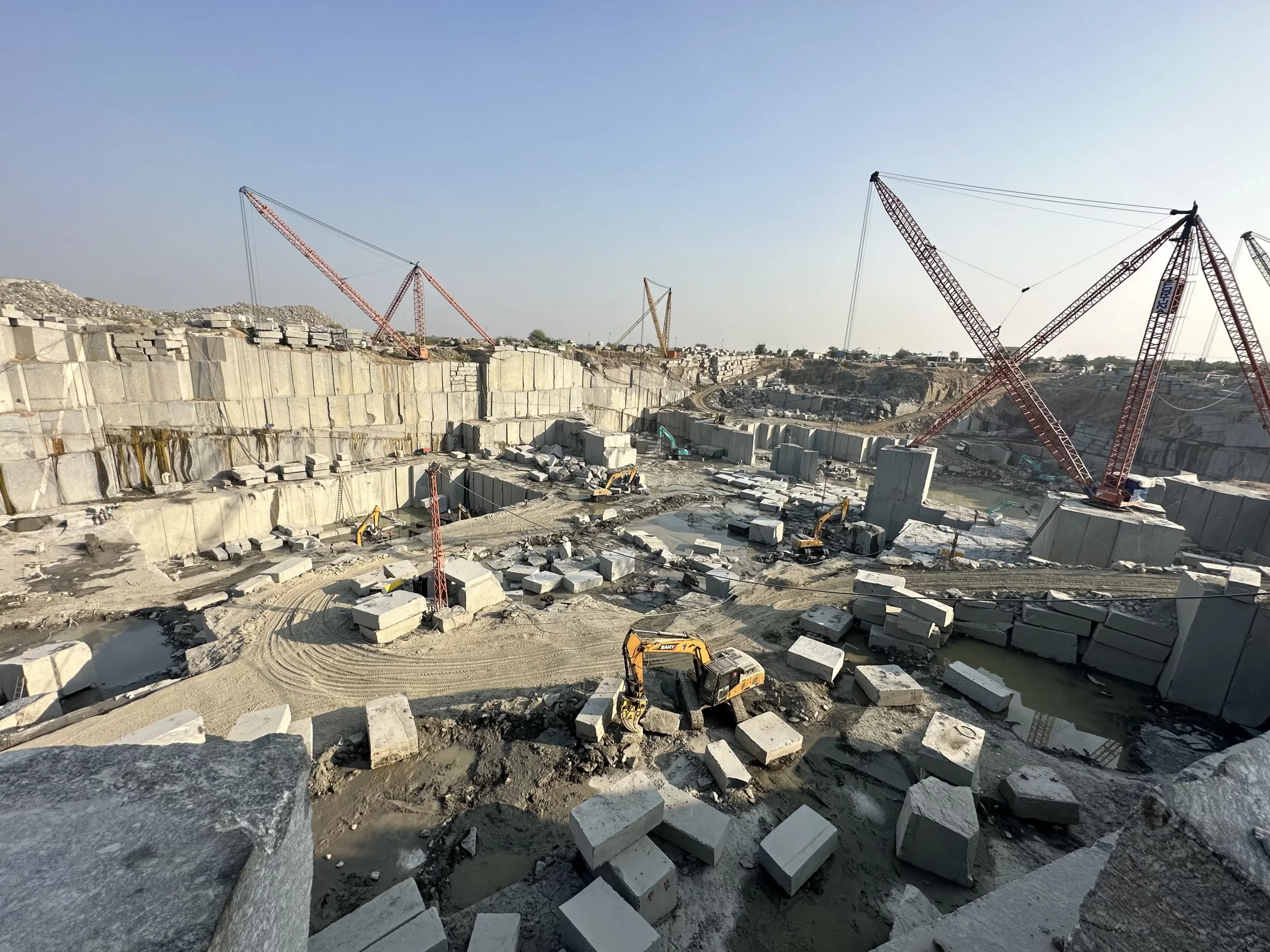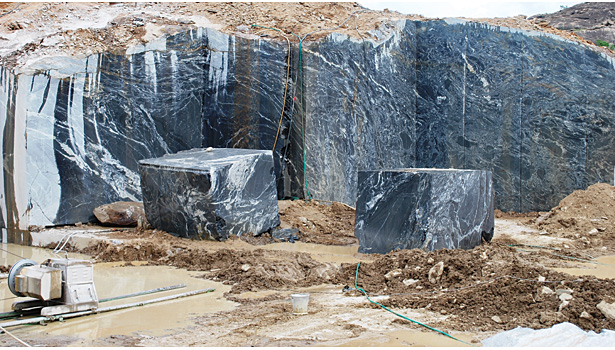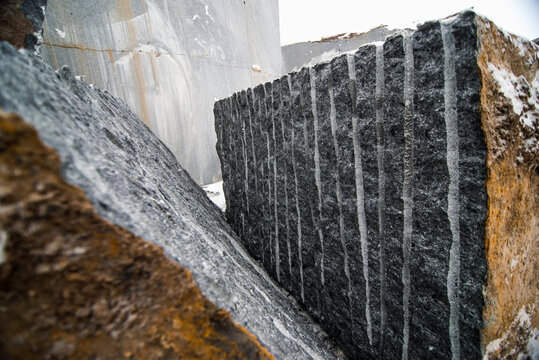Diving into of Granite Quarries in South Africa
Diving into of Granite Quarries in South Africa
Blog Article
Unearthing the Rich Background and Lasting Practices of Granite Quarrying
As we stand on the precipice of discovering the elaborate tapestry of granite quarrying, a trip with time reveals not simply the physical act of drawing out stone however also the social and historical value woven into the really material of this practice. From the ancient origins that laid the structure for contemporary quarrying strategies to the sustainable methods that are shaping the future of this market, each carve mark on granite surface areas narrates waiting to be unearthed (granite quarries in south africa). The heritage of granite quarrying stretches far beyond plain extraction; it is a testimony to human resourcefulness, resilience, and the long-lasting allure of this majestic stone
Old Origins of Granite Quarrying
Dating back to old civilizations, the method of quarrying granite has actually been an essential component of human background and architectural improvement. The earliest proof of granite quarrying dates back to ancient Egypt, where substantial pyramids and intricate sculptures were crafted from this long lasting rock. The Egyptians utilized primitive devices to remove granite blocks from quarries, showcasing the significance of this product in their huge constructions.
Relocating onward in history, the Greeks also made considerable payments to the quarrying of granite. The Greeks made use of granite in various architectural wonders, such as holy places and statuaries, demonstrating their skill in shaping and sculpting this sturdy stone. The Romans additionally improved the techniques of quarrying granite, employing sophisticated devices like knives and hammers to remove and form granite for their iconic structures.
With the centuries, the method of quarrying granite has actually advanced, with modern-day technologies enhancing efficiency while preserving the ageless appeal of this natural stone - granite quarries in south africa. From ancient worlds to contemporary contractors, the legacy of granite quarrying continues to shape our world
Evolution of Quarrying Strategies
The development of quarrying techniques has actually been noted by a continuous progression in the direction of higher efficiency and accuracy in extracting granite. Early quarrying methods entailed hands-on labor with basic devices such as blades, hammers, and wedges to remove granite blocks from the earth.
In more current times, the introduction of equipment reinvented the quarrying industry, making it possible for faster extraction rates and raised efficiency. Technologies such as diamond cable saws, high-pressure water jets, and pneumatically-driven drills have come to be common in modern quarries, permitting precise cutting and lowered waste. Additionally, advancements in computer-controlled devices and 3D modeling have actually enhanced quarrying procedures, leading to very little ecological effect and boosted sustainability practices. As the demand for granite proceeds to rise, the development of quarrying strategies stays indispensable to conference industry needs effectively and sustainably.
Cultural Importance of Granite
Granite holds an extensive social value throughout various worlds because of its long-lasting visibility in building work of arts and prized monoliths. From the stunning pyramids of Egypt to the elaborate carvings of the Angkor Wat temple in Cambodia, granite has been that site a product of option for revealing magnificence and long life in cultural heritage. In ancient Rome, granite columns decorated temples and public buildings, representing stamina and permanence. The cultural significance of granite extends beyond its physical attributes; it embodies durability, security, and eternity, making it a sign of withstanding heritages and customs.

Sustainable Practices in Quarrying
Amidst the rich history of granite quarrying and its cultural significance lies an expanding focus on sustainable practices within the sector. As ecological understanding and worries regarding resource depletion have actually enhanced around the world, the quarrying market has increasingly embraced lasting techniques to reduce its effect on the setting and bordering neighborhoods.

In addition, improvement and rehab of quarry websites post-extraction are integral to sustainable practices. By bring back quarried locations to an all-natural or beneficial state, such as creating wild animals habitats or recreational spaces, quarriers can offset the environmental footprint of their operations and contribute positively to the local environment.
Heritage of Granite Quarrying
With a historic background soaked in workmanship and commercial progression, what sustaining influence has granite quarrying left on the landscape of modern-day culture? The tradition of granite quarrying goes beyond simple removal practices; it has actually formed building wonders, city landscapes, and social heritage worldwide. The sturdy nature of granite has actually made it a favored choice for monuments, buildings, and framework, standing as a testimony to the skill and artistry of quarry workers throughout generations.
In addition, the financial footprint of granite quarrying can not be neglected. The industry proceeds to give job opportunity and drive local economies in areas where granite removal prevails. It has additionally stimulated technological developments in quarrying techniques and tools, causing much more efficient and lasting methods.
In regards to sustainability, the legacy of granite quarrying consists of efforts to minimize ecological influences through reclamation jobs and responsible source monitoring. By balancing economic interests with environmental stewardship, the sector aims to ensure that future generations can proceed to benefit from this long-lasting natural deposit.
Final Thought

Report this page